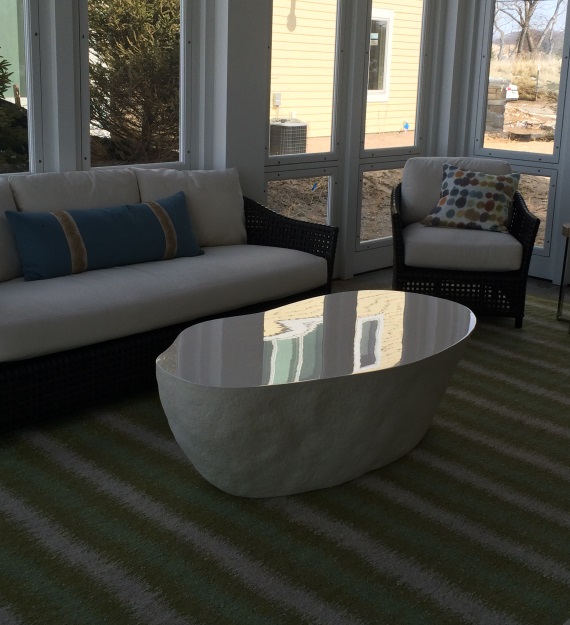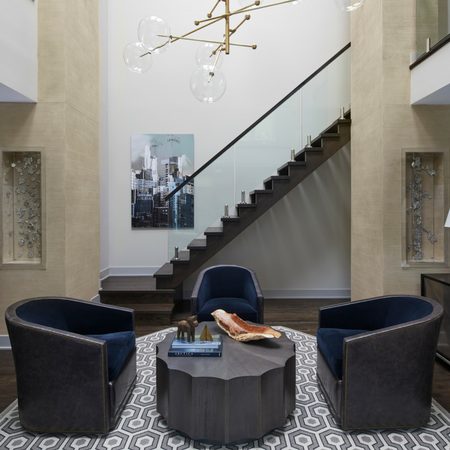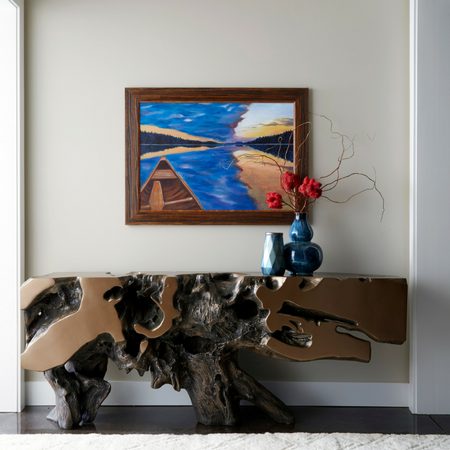
Five Reasons to Buy a Kilim Rug
October 29, 2015
Kilim rugs, with their multi-colored, geometric patterns, are staging a rags-to-riches comeback in home interiors. These formerly humble, flat-weave rugs used to be relegated to back entries and other low-profile areas.

Kilim rugs, with their multi-colored, geometric patterns, are staging a rags-to-riches comeback in home interiors. These formerly humble, flat-weave rugs used to be relegated to back entries and other low-profile areas. No one would have called them chic!

But today my team and I give them place-of-pride in the dining room, living room, office or bedroom – anywhere, really. Here’s the back story: Our ancient ancestors from the Balkans to Pakistan created these rugs, dating back at least to the fourth or fifth century CE/AD. While pile rugs are made with knotted fibers, kilims are tightly woven for a flat texture. They are sometimes used as wall hangings or prayer rugs in addition to floor rugs.
 Photos Courtesy of Sweet Peas Design
Photos Courtesy of Sweet Peas Design
Here’s why we like them:
1. Today there are many more patterns (mostly geometric) and colors, from bright and bold to sophisticated and reserved.
2. While these rugs used to be made almost exclusively of rough wool they now incorporate cotton, angora goat hair and luxurious silk, which is known for its gorgeous, saturated colors.
3. They have a bit more texture than before, which gives them another element of interest
4. Kilims are a nice change of pace from knotted, pile rugs
5. They work well with simple, transitional furnishings
While we like the newer kilims, you can also buy older, faded ones if you want a soft vintage element in a room, and they may increase in value - older kilims have become quite collectible in recent years.
Photo Courtesy of apartmenttherpy.com

Share
You Might Also Like
Find us on Instagram














